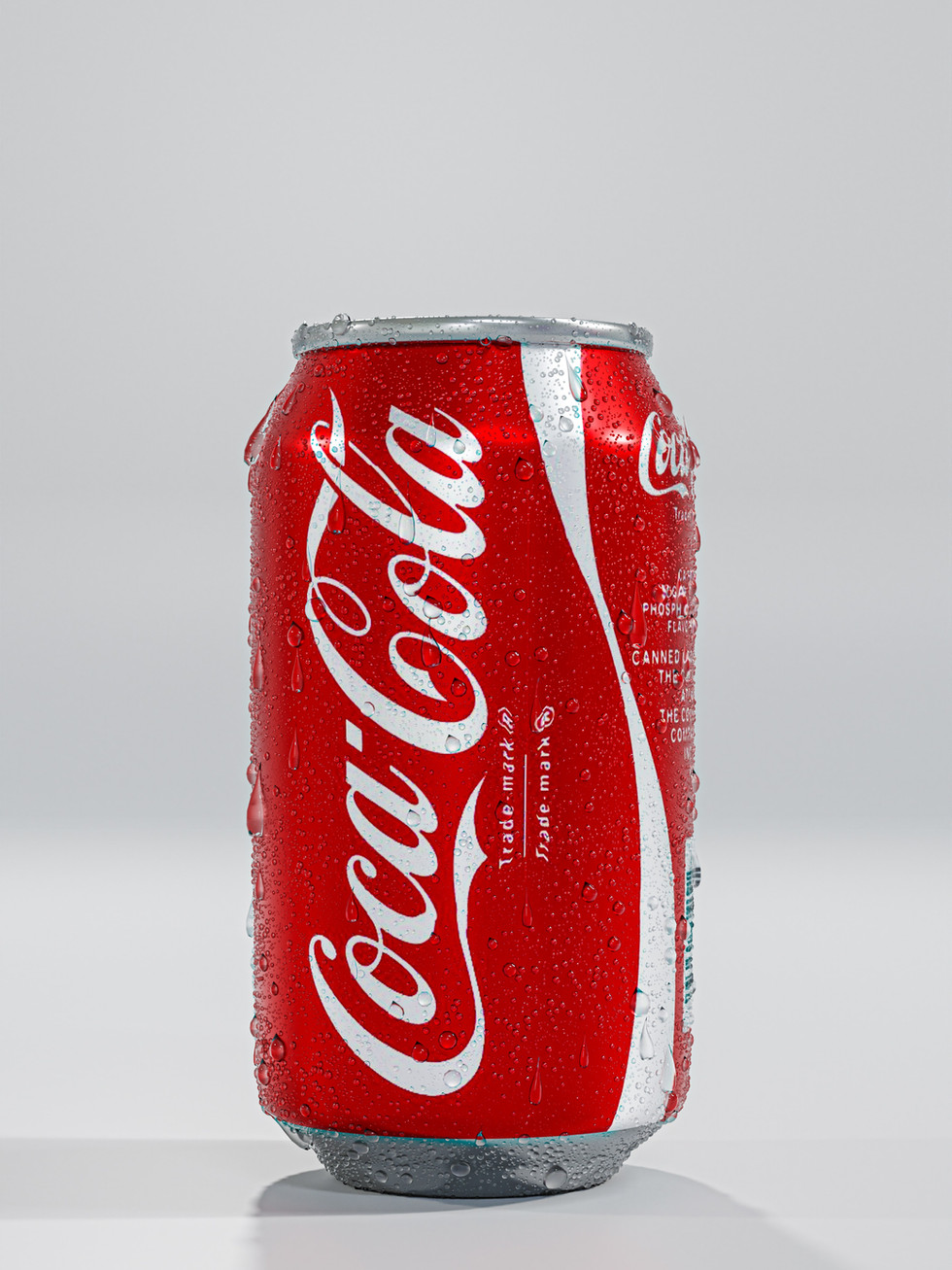Brands vs. Icons: From Brand to Cultural Phenomenon
- Ricardo De La Blanca IV

- Jun 25, 2024
- 4 min read
Updated: Jul 23, 2024

Insights on Design, Marketing Campaigns, Influencers, Brands, and Competitive Strategies.
June 25, 2024
What makes a brand a cultural icon? Explore the difference between brands and icons and how some brands achieve iconic status.
Think about Coca-Cola, Nike, and Harley-Davidson. Now, think about Kleenex, Xerox, and Google. While the former are cultural icons, the latter are powerful brands. The difference?
It's not just about recognition or market share – it's about what they represent in the collective consciousness.
In Douglas B. Holt’s seminal work, "How Brands Become Icons," he delves into the essence of this transformation. A brand, at its core, is a promise of a particular experience or value. An icon, however, transcends this – it embodies a set of ideals, aspirations, and cultural significance that resonate deeply with people’s identities and values.

A brand is essentially a mark of identification – a signal of quality, trust, and consistency. Brands promise specific benefits and experiences, creating a distinct image in the minds of consumers. This image is crafted through marketing efforts, visual identity, and customer interactions. Brands aim to build loyalty by consistently delivering on their promises and providing value.

An icon, on the other hand, goes beyond functional benefits. Icons are cultural symbols – they evoke emotions, embody ideals, and become part of societal narratives. Icons influence lifestyles, shape aspirations, and often hold a quasi-religious status in the hearts of their followers. They are not just purchased; they are celebrated, imitated, and revered.
While all icons are brands, not all brands achieve iconic status.
Brands focus on delivering specific benefits and experiences, while icons represent broader cultural meanings and identities. For instance, while Pepsi is a brand known for its refreshing taste and youth-oriented marketing, Coca-Cola transcends this – it stands for happiness, nostalgia, and global unity.
The Path from Brand to Icon
Transforming a brand into an icon involves strategic positioning, deep cultural engagement, and consistent brand loyalty. Here’s how brands can embark on this journey:
The Iconic Toolkit:
Cultural Research: Understand the cultural landscape and identify key societal tensions and aspirations. This involves deep dives into historical contexts, current trends, and future forecasts.
Cultural Strategy: Develop a cultural strategy that aligns the brand with these societal tensions and aspirations. This includes crafting narratives that resonate with target audiences on a deep, emotional level.
Engagement Platforms: Create engagement platforms that foster a sense of community and belonging. This could be through events, social media communities, or brand experiences that allow customers to interact with the brand in meaningful ways.
Consistent Messaging: Maintain a consistent core message that reflects the brand’s identity and values. Ensure that all marketing efforts align with this message, creating a cohesive brand image.
Adaptive Evolution: Stay adaptable to cultural shifts and evolving consumer expectations. Regularly update marketing strategies to reflect these changes while staying true to the brand’s core message.
1. Strategic Positioning: Finding a Cultural Pulse
Strategic positioning is about carving out a unique space in the market – but for icons, it’s about tapping into cultural currents. Brands need to identify and align with cultural tensions and desires. Holt explains this through the concept of "cultural branding," where brands become icons by addressing cultural contradictions.
Nike’s "Just Do It" campaign is a textbook example. In the late 1980s, America was grappling with a fitness boom alongside growing anxieties about personal achievement and self-discipline. Nike didn’t just sell sneakers; it championed the idea of personal triumph against all odds. The slogan resonated deeply with societal aspirations, turning Nike into a symbol of perseverance and empowerment.
2. Building Brand Loyalty: Beyond Transactions
Harley-Davidson is not just a motorcycle manufacturer – it’s a lifestyle. The brand’s emphasis on freedom, rebellion, and brotherhood has cultivated a devoted community of riders. Harley owners don’t just ride bikes; they are part of a larger narrative of adventure and individuality. This deep emotional connection has helped Harley-Davidson weather economic downturns and competitive pressures.
Brand loyalty for an icon goes beyond repeat purchases – it’s about creating a community of believers. This involves fostering emotional connections, shared values, and collective identity. Icons don’t just have customers; they have devotees who see the brand as a reflection of their own values and aspirations.
3. Co-Branding and Cultural Resonance: Strength in Unity
Co-branding can amplify a brand’s cultural resonance by aligning it with other iconic symbols or movements. When executed thoughtfully, it can reinforce a brand’s identity and expand its cultural footprint.
Apple’s partnership with (RED), the global charity fighting AIDS, is a powerful example of co-branding. By aligning itself with a humanitarian cause, Apple enhances its brand image as socially responsible and globally conscious. This partnership has not only raised millions for AIDS research but also strengthened Apple’s cultural relevance as a brand that cares about global issues.
4. Consistency and Evolution: The Balancing Act
For a brand to become and remain an icon, it must strike a balance between consistency and evolution. Consistency ensures that the core brand message remains clear and reliable, while evolution allows the brand to stay relevant in a changing cultural landscape.
Coca-Cola has mastered this balance. Its core message of happiness and togetherness has remained consistent for over a century, yet the brand continuously evolves its marketing to stay relevant. From the classic Santa Claus ads to modern campaigns like "Share a Coke," Coca-Cola keeps its brand fresh while maintaining its iconic status.
The Road to Iconic Status
Becoming an icon is no small feat – it requires a brand to resonate deeply with cultural values, maintain a loyal community of followers, and continually adapt to stay relevant. Douglas B. Holt’s insights in "How Brands Become Icons" provide a roadmap for this transformation, emphasizing the importance of cultural branding, emotional connections, and strategic adaptability. The difference between a brand and an icon is monumental.
Brands promise quality and consistency, but icons evoke emotions, embody ideals, and become integral parts of our cultural fabric.
By understanding and leveraging the principles of cultural branding, businesses can embark on the transformative journey from being just another brand to becoming a cultural icon – an enduring symbol that stands the test of time and resonates across generations.















1 Comment